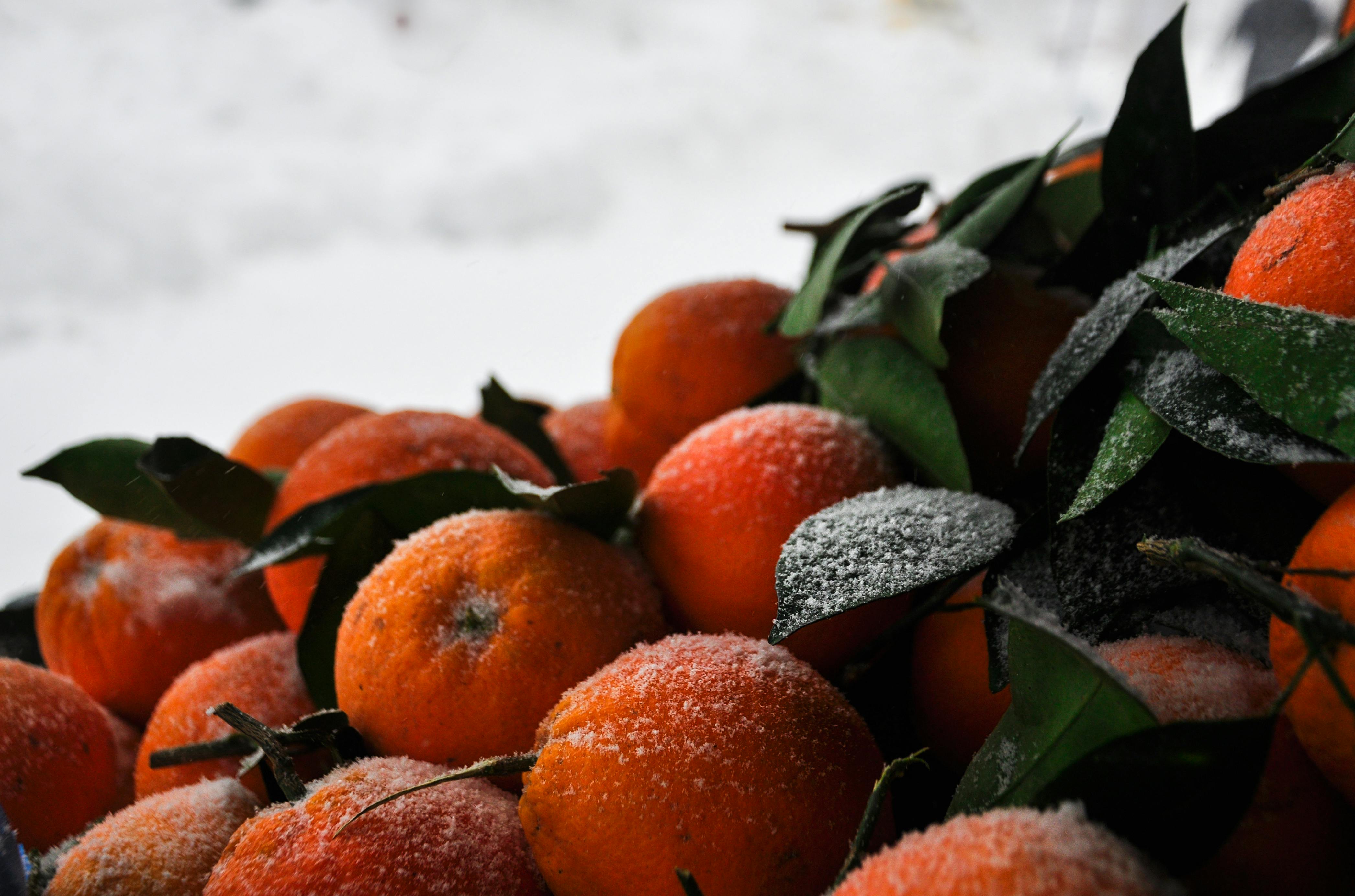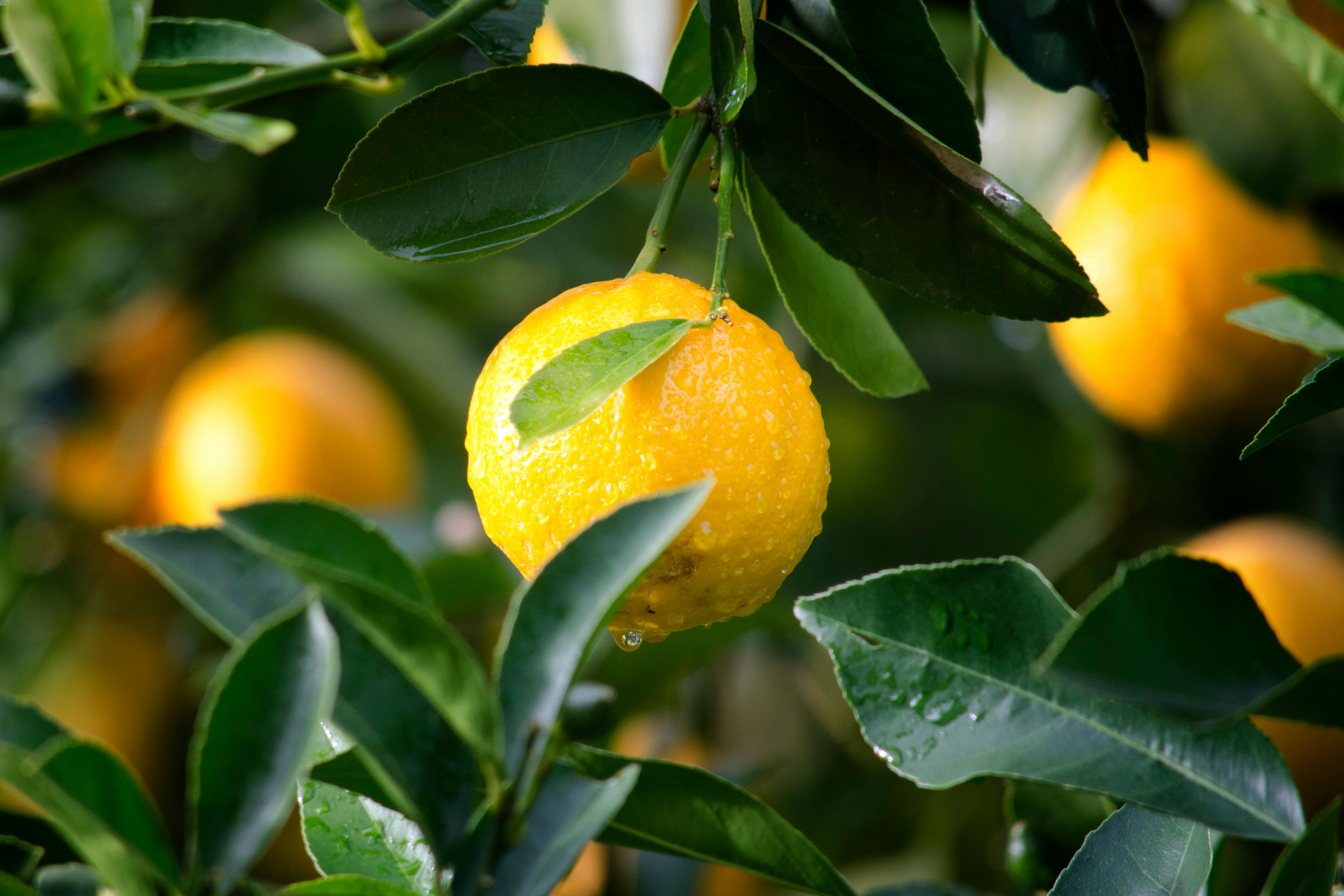Citrus fruits are a type of fruit that is widely enjoyed throughout the year. They are known for their juicy, sweet, and tart flavors, and are found in a variety of shapes and sizes. While many people think of citrus as a summertime fruit, it is actually possible to enjoy citrus during the winter months as well. In this article, we will explore why citrus is considered a winter fruit and some of the best varieties to enjoy during the colder months.Yes, citrus is a winter fruit. Citrus fruits like oranges, lemons, grapefruits, limes, and tangerines are all available during the winter months. These fruits are typically harvested in the fall and winter months and are widely available in grocery stores and markets during this time of year.
What Are Citrus Fruits?
Citrus fruits are a group of fruits that belong to the genus Citrus. These include oranges, lemons, limes, grapefruits, and pomelos. All citrus fruits have a thick and rough rind, and most have edible flesh inside. The flesh is often juicy and acidic, with a sweet-tart flavor. Citrus fruits are native to tropical and subtropical regions of Asia and the Middle East.
Citrus fruits are very popular around the world due to their sweet-tart flavor and high levels of vitamin C. They can be eaten raw or used in cooking and baking to add flavor and nutrition to dishes. The juice of citrus fruits is also widely used as a flavoring in drinks and sauces. In addition to their culinary uses, citrus fruits are also used in medicines, cosmetics, cleaning products, perfumes, and more.
Citrus fruits offer numerous health benefits due to their high levels of antioxidants, vitamins, minerals, dietary fiber, and phytochemicals. Regular consumption of citrus fruits has been linked to improved heart health, lower risk of cancer, reduced inflammation, better digestion, improved vision health, stronger bones, improved skin health and more.
Overall, citrus fruits are an excellent source of essential nutrients that can help improve overall health when included in the diet on a regular basis. They are easy to incorporate into any diet since they can be eaten raw or added to recipes for flavor enhancement as well as nutritional benefits.
How Do Citrus Fruits Grow?
Citrus fruits are some of the most popular fruits in the world, and they are a great source of vitamins and minerals. They are also easy to grow and can be found in many different climates. Citrus fruits are grown from trees that thrive in warm, sunny climates with well-draining soil. The trees need lots of sunlight to produce fruit, so they should be planted in an area that gets at least six hours of direct sunlight each day.
The trees need to be watered regularly and fertilized two or three times a year, depending on the variety. Pruning is also important as it helps to keep the tree healthy and promote more growth. The fruits should be harvested when they become ripe, usually around late summer or early fall depending on the species.
Citrus fruits have many different varieties, including oranges, lemons, limes, grapefruits, tangerines and pomelos. Each variety has its own unique flavor and nutritional content. For example, oranges tend to be sweet and juicy while lemons tend to be more tart and acidic. It is important to know which variety you want before planting so you can get the best results for your garden.
Overall, growing citrus fruits is not particularly difficult as long as you provide them with plenty of sun, water and fertilizer. With proper care and maintenance, you can enjoy delicious citrus fruits all year round!
Health Benefits of Eating Citrus Fruits
Citrus fruits are packed with essential vitamins and minerals that can help promote good health. These fruits are loaded with vitamin C, which is an important nutrient for immunity and skin health. They also contain potassium, folate, vitamin B6, thiamin, and riboflavin. Eating citrus fruits can provide numerous health benefits, including improved heart health, digestion, weight loss, and protection against certain cancers.
Improved Heart Health
Citrus fruits contain high levels of flavonoids which can help reduce inflammation and lower cholesterol levels. Studies have shown that eating citrus fruits can reduce the risk of stroke by up to 19%. The antioxidants in these fruits may also reduce the risk of developing heart disease.
Improved Digestion
Citrus fruits contain a high amount of fiber which is important for digestion and regularity. Fiber helps to keep the digestive tract healthy by preventing constipation and promoting regular bowel movements. Additionally, fiber helps to control blood sugar levels and reduce cholesterol.
Weight Loss
The combination of fiber and water in citrus fruits makes them a great choice for those trying to lose weight. Eating citrus fruits can help you feel full longer so you eat fewer calories throughout the day. Additionally, the vitamin C in these fruits helps to boost metabolism which can aid in burning fat more efficiently.
Protection against Certain Cancers
Studies have shown that eating citrus fruits may help protect against certain types of cancer such as breast cancer and colorectal cancer. The flavonoids found in these fruits are believed to have anti-tumor properties that may inhibit the growth of cancer cells. Additionally, the antioxidants found in citrus fruits help to protect cells from damage caused by free radicals which may lead to cancer development.
Overall, there are many health benefits associated with eating citrus fruits on a regular basis. Not only do they provide essential nutrients like vitamins C and B6 but they also provide protection against certain types of cancers as well as improved heart health, digestion, weight loss, and more!
Check the Color of the Fruit
When it comes to determining whether your citrus fruit is ripe, one of the first things you should check is its color. If the fruit has a bright yellow or orange color, then it is likely ripe and ready to eat. If it is still green or pale in color, then it may not be ripe yet. You can also check for any blemishes or discoloration on the skin which could indicate that it has gone bad.
Feel the Texture of the Skin
Another way to tell if your citrus fruit is ripe is by feeling its skin. The skin should feel slightly soft and pliable but not too mushy. If it feels hard and unyielding, then it may not be ripe yet. On the other hand, if it feels too soft and mushy, then this could indicate that the fruit has gone bad and should be discarded.
Smell for Ripeness
A surefire way to tell if a citrus fruit is ripe is to take a whiff of it. Ripe citrus fruits will have a sweet and fragrant aroma that will fill your nose with pleasantness when you sniff them. On the other hand, if they have no smell at all or smell slightly sour, then this could indicate that they are overripe and should be discarded.
Check for Soft Spots
Finally, you can also check for any soft spots on your citrus fruits which could indicate that they are beginning to spoil. Soft spots are often more apparent on oranges than other types of citrus fruits but keep an eye out for them nonetheless. If there are any soft spots present on your fruit, then this could mean that it has gone bad and should be thrown out immediately.

Common Types Of Citrus Fruits
Citrus fruits are a popular type of fruit, due to their juicy, sweet flavor and abundance of vitamins and minerals. Some of the most common types of citrus fruits include oranges, grapefruits, lemons, limes, and tangerines. Oranges are the most widely consumed citrus fruit in the world, with over 70 million tons produced annually. They have a sweet flavor and can be eaten fresh or used to make juice. Grapefruits are slightly tart but still sweet, and are often used in salads or as a topping for breakfast cereals. Lemons and limes have a more acidic flavor than other citrus fruits and are commonly used as garnishes or to add flavor to sauces and dressings. Tangerines have an orange-like flavor with a hint of sweetness, making them popular for snacking or juicing. All kinds of citrus fruits are packed with essential vitamins and minerals like vitamin C, folate, potassium, and magnesium.
In addition to these common types of citrus fruits, there are also some specialty varieties such as kumquats, clementines, tangelos, mandarins, pomelos, yuzu, sudachi, ugli fruit, citron and bergamot oranges. These fruits may be more difficult to find but offer unique flavors that can be enjoyed in recipes or eaten fresh. No matter what type of citrus fruit you choose to enjoy the health benefits they provide will ensure you’re getting the essential nutrients your body needs.
How To Preserve Citrus Fruits During Winter Season
Citrus fruits are not only a great source of vitamin C, but they are also incredibly versatile and can be used in many dishes. Unfortunately, they can become quite expensive during the winter season. Fortunately, there are several ways to preserve citrus fruits during the winter months so that you can enjoy them year-round without breaking the bank.
One way to preserve citrus fruits is by freezing them. Simply wash and dry the fruit before slicing it into thin pieces and then place it in an airtight container or freezer bag. This will allow you to use the frozen pieces when needed without having to buy fresh fruit.
Another way to preserve citrus fruits is by making jam or jelly out of them. This may take a bit more time, but it’s worth it since you’ll have delicious homemade preserves to enjoy all winter long. Start by washing and cutting the fruit into small pieces and then adding sugar and pectin to help thicken the mixture. Cook over low heat until it reaches a thick consistency before transferring it into jars or containers for storage.
Finally, drying citrus fruits is another great way to extend their shelf life while still retaining their nutritional benefits. Start by slicing them into thin pieces before placing them on a baking sheet lined with parchment paper in an oven set at its lowest temperature setting for several hours until they are completely dry and crisp. Once cooled, store them in an airtight container until ready to use.
Preserving citrus fruits during the winter months doesn’t have to be difficult or time consuming – with these simple tips, you can enjoy your favorite fruits year-round without spending too much money!
Winter Diseases Affecting Citrus Fruits
Winter can bring about some diseases that can affect citrus fruits. These diseases can cause the production of lower quality or unmarketable fruit, which can have a significant impact on the profitability of citrus growers. Common winter diseases of citrus include Alternaria leaf spot, brown rot, Citrus Canker, and Phytophthora root rot.
Alternaria leaf spot is caused by the fungus Alternaria citri and is one of the most common diseases affecting citrus in winter months. It typically appears as small, circular spots on the leaves and fruit rinds that are reddish-brown in color. The disease may cause premature defoliation, resulting in reduced yields.
Brown rot is caused by the fungus Monilinia fructicola and is a major disease during winter months in California. Brown rot affects all parts of a citrus tree, including leaves, branches, flowers, twigs and fruit. Symptoms include twig dieback and water-soaked lesions on leaves that later turn brown or black. The presence of large amounts of sooty mold or mummified fruit indicate that brown rot may be present.
Citrus canker is another fungal disease that affects citrus trees during winter months. This disease affects both young and mature trees and is characterized by small circular spots on the leaves and/or fruit rinds caused by bacteria called Xanthomonas axonopodis pv citri (Xac). These spots become raised with time and may turn yellow or orange in color. Severely affected trees may produce smaller than normal fruits with thickened rinds that have an off-flavor or are unmarketable due to their appearance.
Finally, Phytophthora root rot is a soil-borne fungus that affects citrus trees during winter months in some areas of California. This disease is characterized by sudden wilting of foliage followed by rapid defoliation as well as lesions on roots or crowns of infected trees. If left untreated, Phytophthora root rot can cause severe damage to tree health leading to death if not treated quickly enough.
In order to reduce the risk of these winter diseases affecting your citrus crop it’s important to practice regular monitoring for symptoms as well as good cultural practices such as pruning dead wood from trees regularly to keep them healthy throughout the season!

Conclusion
Citrus fruits are an excellent source of nutrition in the winter months. Not only do they provide us with Vitamin C and other essential nutrients, but they can also help us to stay healthy during the cold season. Additionally, citrus fruits are a great way to add flavor and variety to our winter diets. As such, it is safe to say that citrus fruits are indeed a winter fruit.
Although we may not be able to find the same varieties of citrus fruit as we do in other seasons, there are still plenty of options for us to choose from. Whether you’re looking for something sweet or something sour, there is bound to be a citrus fruit variety that fits your needs. So if you’re looking for something fresh and nutritious this winter, look no further than citrus fruits!



